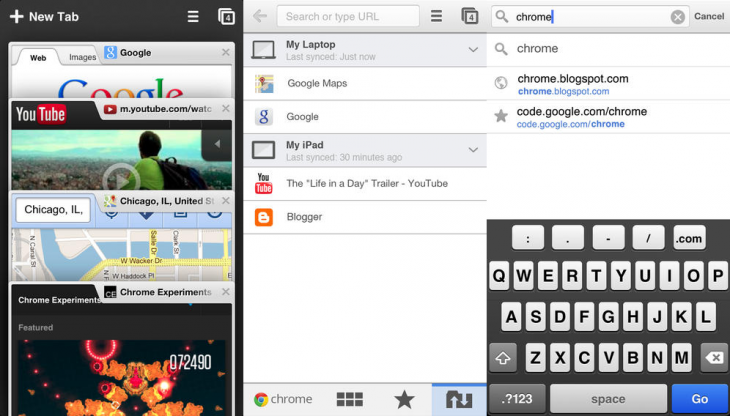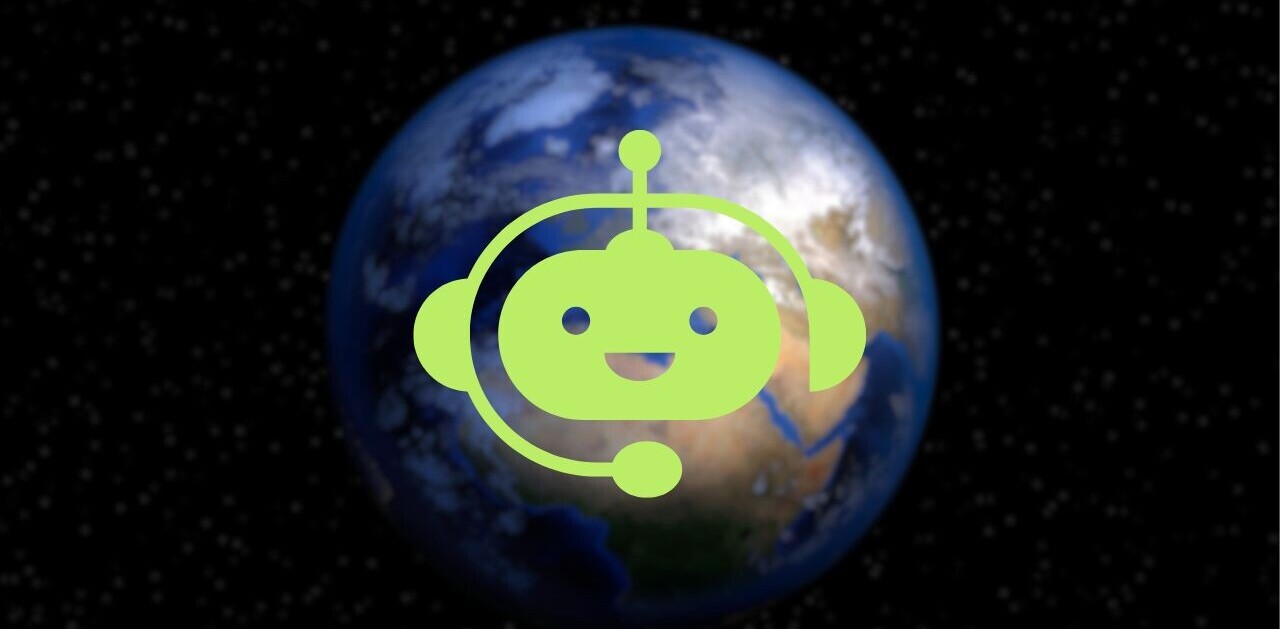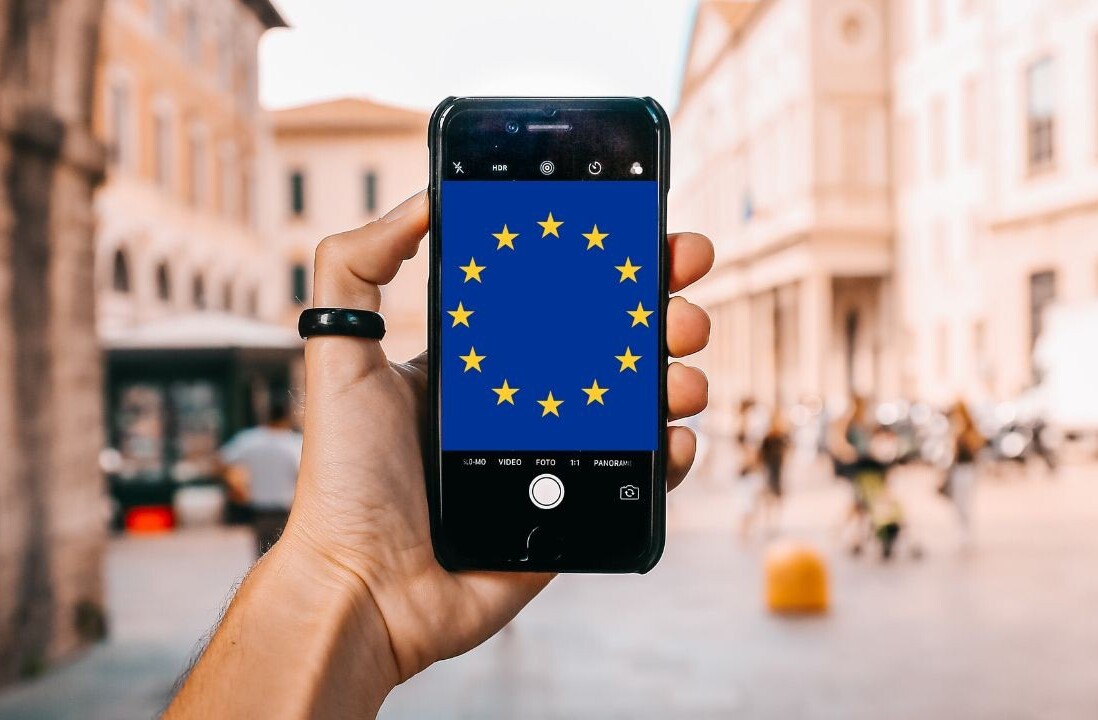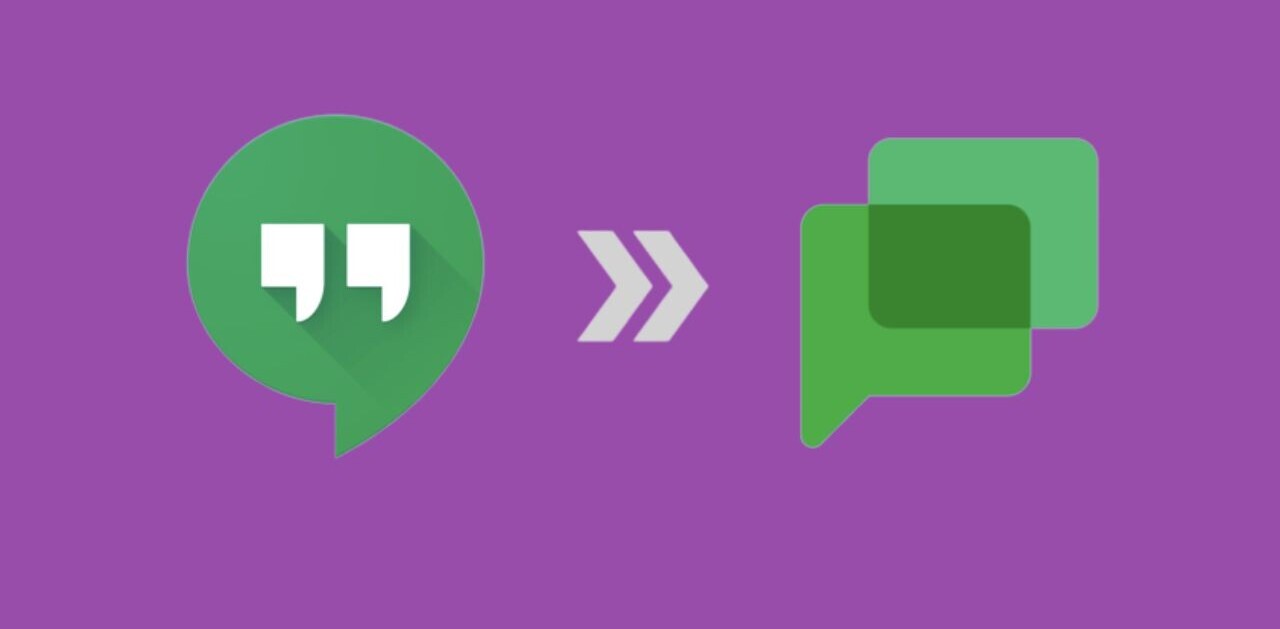
That was fast. Google released Chrome 29 for iOS just six days ago, and today it has released version 30 just 30 minutes after iOS 7’s debut. You can download the latest version now directly from Apple’s App Store.
First and foremost, you should note that Chrome 30 raises the minimum iOS requirement to version 6. That means if you’re still on iOS 5, you won’t be able to upgrade past Chrome 29.
iOS 7 redesign aside, which includes fullscreen improvements and a settings section revamp, Google has added more synergy between two of its other iOS apps. Maps and email links will now open up Google Maps and Gmail for iOS, assuming you have them installed as well.
The full Chrome 30.0.1599.12 for iOS changelog is as follows:
- New look and feature enhancements for iOS7 on iPhone.
- Improvements to Fullscreen behavior especially on iPad (iOS7 only).
- New Settings UI.
- Maps and email links launch the Google Maps and Gmail apps (if installed) automatically. You can change your preference in Settings.
- Stability / security improvements and bug fixes
It’s also worth noting that today’s update means Chrome 30 was released on iOS first, before Windows, Mac, Linux, or Android. That’s amusing if you take into account what we said last week after noting how long it took for Chrome 29 to arrive:
This release reminds us that Chrome for iOS development is starting to lag behind other platforms. This is the biggest gap we’ve seen yet and we’ll be watching closely to see how the situation changes.
Now we know the delay was due to the fact Google was working simultaneously on Chrome 29 and Chrome 30. Update: Google’s blog post tries to merge the two together, but they were indeed separate releases.
Top Image Credit: Half Cut
Disclosure: This article contains an affiliate link. While we only ever write about products we think deserve to be on the pages of our site, The Next Web may earn a small commission if you click through and buy the product in question. For more information, please see our Terms of Service.
Get the TNW newsletter
Get the most important tech news in your inbox each week.





